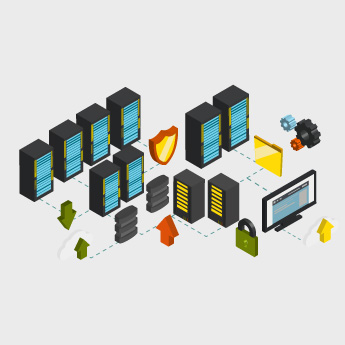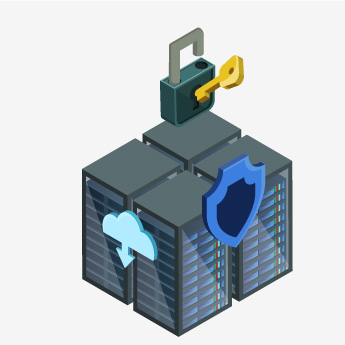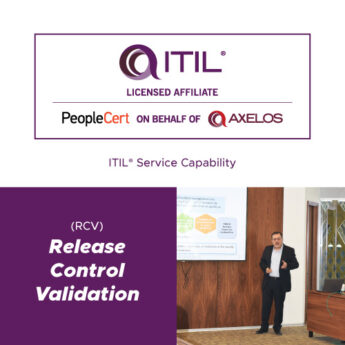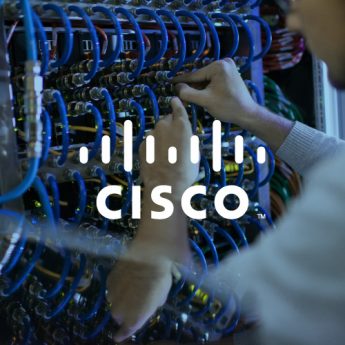Objectives
Upon completion of this course, you will be able to:
- Describe the Layer 2 and Layer 3 forwarding options and protocols used in a data center.
- Describe Cisco OTV technology, rack design options, traffic patterns, and data center switching layer access, aggregation, and core .
- Design a solution that uses LISP for traffic forwarding, hardware redundancy options, virtualize the network, compute, and storage.
- Describe virtual networking, advanced security technologies, security threats, and solutions using fabric extenders.
- Describe virtual appliances, device management and orchestration in a data center network.
- Describe a data center storage network and different RAID levels from a HA and performance perspective.
- Describe Fibre Channel concepts, architecture, topologies, and industry terms.
- Describe security options, management, and automation options, for storage networking.
- Explain the connectivity options in the Fabric Interconnects for south- and northbound connections. Distinguish between the EHV and switching mode .
- Describe the hyper convergence solution and how it integrates systems based on different storage vendors.
- Describe the management options for Cisco UCS. Design the management solution in HA mode.





